Free to Play: ¡llegando a todo lo que hay cerca de ti!
Desde que F2P se convirtió en el modelo de negocio dominante en los juegos móviles, los editores AAA también anticipan cambios en otras plataformas.
Todas las señales apuntan a que los grandes editores tradicionales duplicarán su apuesta por los modelos de juegos digitales como servicio, especialmente los gratuitos. Las recientes llamadas de ganancias de EA muestran que sus ofertas digitales están creciendo de manera saludable y que el CEO planea continuar enfocándose en brindar experiencias principales pero con un modelo de prueba gratuita . El titular de Activision para su convocatoria de ganancias fue Hearthstone and Destiny . Sólo generaron 850 millones de dólares en nuevos ingresos. Ahora más del 46% de las ganancias de Activisions provienen de tiendas digitales, no de juegos vendidos en tiendas. Nintendo claramente se centrará más en lo digital en los próximos años. Están colaborando con GungHo en Pokémon Shuffle y sus finanzas recientes muestran que sus ventas digitales son un rayo de esperanza en su difícil futuro.
Los grandes editores tradicionales están cambiando a las ventas digitales y al juego gratuito. Debido a esto, veremos un cambio cada vez mayor en el diseño de juegos de los principales productos comerciales.
Pero para muchos de estos editores pasar a los servicios digitales no es una tarea fácil. El modelo de pago y gratuito es drásticamente diferente en lo que respecta al diseño. Hasta ahora muchos intentos no han funcionado. O los diseños copian demasiado de los modelos gratuitos actuales y dejan la base actual alienada, como "Age of Empires Castle Siege" de Microsoft . O los diseños son claramente un juego de pago en esencia y no logran retener a los jugadores el tiempo suficiente para generar ingresos.

Esto es Age of Empires Castle Siege. Un claro clon de Choque de clanes en un intento de llevar F2P a Windows 8/Mobile.
Pero los editores están empezando a entender bien esta combinación entre el diseño de juegos tradicionales y el diseño de juegos gratuitos.
Mi predicción es que en los próximos años veremos algunos títulos excelentes que realmente comenzarán a cerrar la brecha entre el diseño gratuito y el diseño de juegos tradicionales.
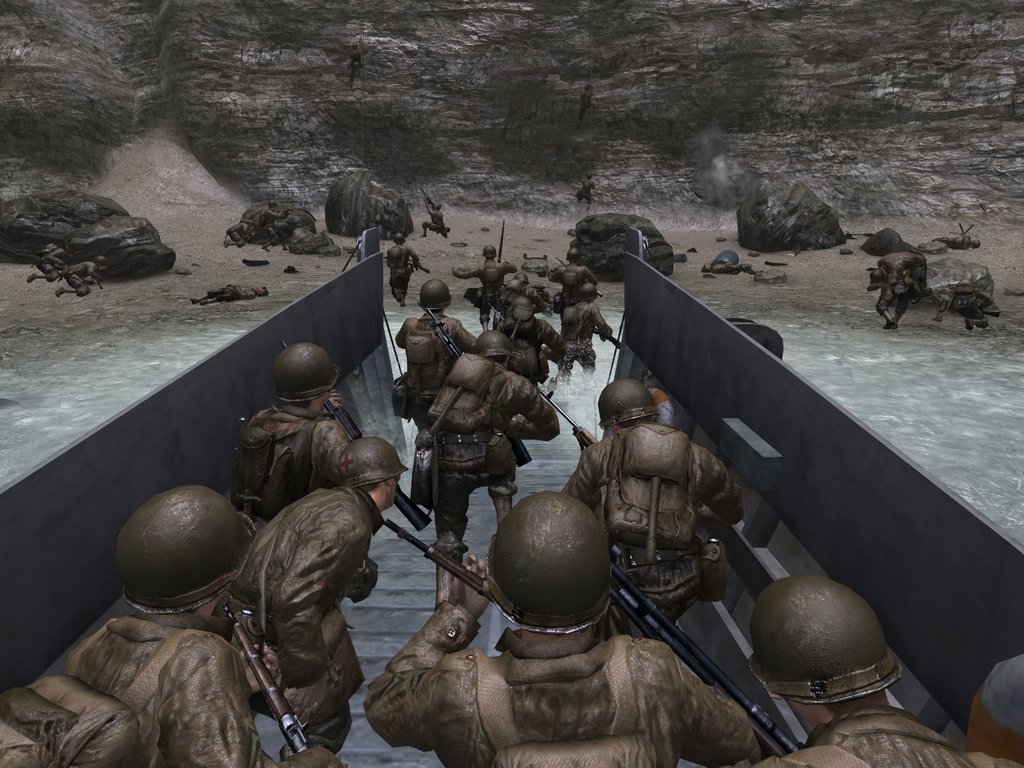
Este tipo de experiencia pronto será la norma para F2P.
¿Por qué Call of Duty no puede ser F2P?
Traditional games, like Call of Duty, have been massive budget affairs. I remember working on Need for Speed in 2008 when we discussed the “D-Day” experience that is imperative for all console titles. The first experience a player gets within a consolegame has to be jaw dropping. This term came from the first Call of Duty game. The first mission had the player fight on the beaches of D-Day. The experience was a faithful recreation to the actual event in World War Two. This single mission cost a large portion of the budget for the game and it was worth it — the first experience players had with the game was incredible. This ecstasy created from this experience made them talk about the game, tell friends, and purchase subsequent titles. These experiences brings in millions of players. These graphicspushes playerbeyond the $60 entry price to get the game.
Free to Play gamesthus far haven’t really cared about this. Clash of Clans, Hay Day, etc. have nice art styles. But just by looking at the advertisements I already understand what I’m getting: a simple distraction. Not an experience.
There is a reason why most F2P games haven’t really focused on this experience. It comes down to what defines the game as successful. Pay to Play games like Call of Duty just need to get players past the entry fee of $60 and excited enough within the game to develop some word of mouth. If they beat the game after 14 hours and never play again, the publisherdoesn’t care. F2P games are the opposite. Their focus is on driving long term retention. This comes with a price on the experience. The experience is slowed and blurred by timers, complex economies, and slow pacing.
Thus far pay to play experiences haven’t merged with free to play because no one has managed to build a strong experience while pacing the player properly.

I’m proud of the work Wooga is doingto push higher quality experiences in Free to Play games. Agent Alice and Pearl’s Peril are two games that arepushing the bounds of F2P on mobile. The games center around a strong serial narrative. The central narrativelast for years within the game, because its given to the player only on a once-per-week basis (like TV shows). These games have found a sweet spot between giving a strong experience to players while pacing properly for long term retention.
How can Console move to F2P?
To merge strong experience design and long term retention is not easy. But we’ve already seen excellent examples of how game designers are subtly nudging their designs already down this route.
To see an example of strong retention design, play Dragon Age Inquisition.Dragon Age Inquisition was released late 2014to critical success. Thegame is massive (it took me over 50 hours to complete) and the story line wascaptivating.What really marked the game as something different for me was managing your army in the war room.
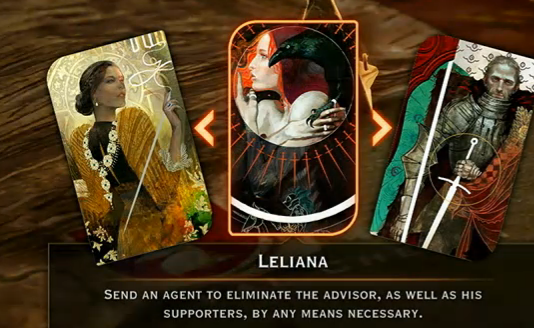
War Room decisions were an interesting take in Inquisition. Players had to weigh between available operatives and their intended effect.
Dragon Age has an interesting meta-game or macro-decision making structure outside the usual grind of quests. The player has a war room which they have three operatives, a political mastermind, a spy master, and a general of an army. These three operatives can be sent out on various missions throughout the world. Each mission takes a specific amount of real-world time. So even when you’ve left the game or gone on long quests, these missions will continue. This type of design has been done in multiple ways, including Mafia Wars (the original Zynga hit) and even some Assassin’s Creed games. What adding this system does is give the game two levels of management for the player: a decision about what they should do with their time on the couch, and what actions should be done by the automated systems.
This two-tier system I expect to see in many more games in the future. This two-tier structure allows games to have its cake and eat it too. The player makes decisions about whether they want to do the necessary grind to progress in the story, or hand over the grind to automated systems. The timers included in the automated systems make sense — that time would have been done by the player themselves.
Dragon Age Inquisition shows that AAA design can drive long term retention. It requires progression to be gatedby aneconomy instead of simple linear progression.
In order to accomplish this two-tier progression system, there must be an interesting economy that the player in engaged in. This type of system can only work if there are more currencies utilized than a linear progression system. If players are just moving through levels as quickly as they wish with only skill to pace them, these games aren’t going to last very long. The content will run out quicker than you can produce.
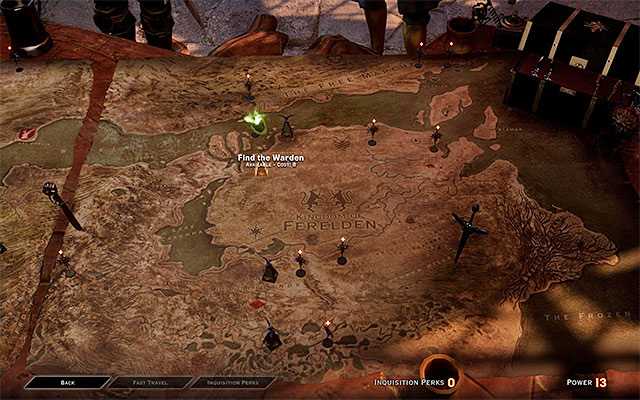
In order for a player to start the “Find Wardens” story quest, the player must collect 8 power.
To pace players you will have to use economies and currencies. In Dragon Age Inquisition they use “Power”. This currency is gained by completing side quests, sending agents on missions, and collecting and crafting items that aid your armies. In order to progress in the story, playersmust collect enough power and purchase the ability to start the next mission. This makes sense in the narrativeand paces players properly.
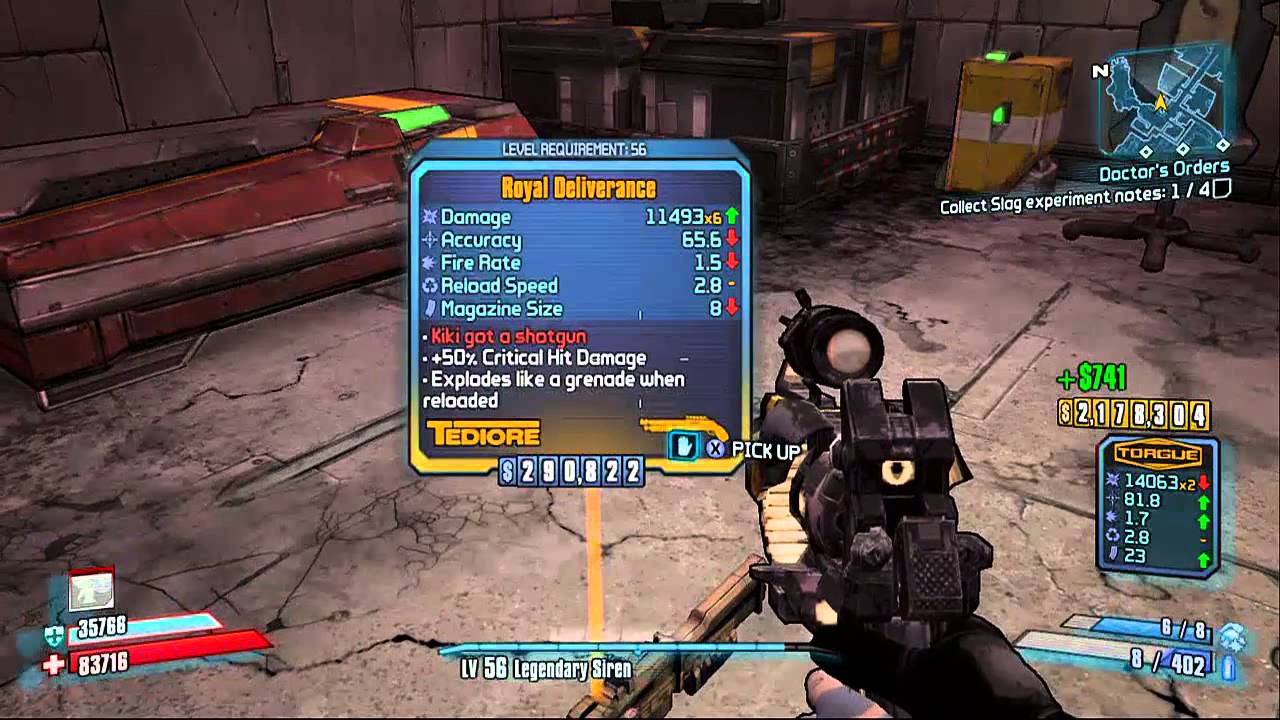
Borderlands proves that a loot drop system can work in other genres beyond RPGs. Progression can be slowed by pushing players to collect better items.
Other genres have already shown excellent designs on how economies can be injected and feel natural to the game. Borderlands shows that loot-drop systems can be used to make players need to collect and grind for items before they can progress in the game. Destiny shows that this model can be taken to work at a MMO level.
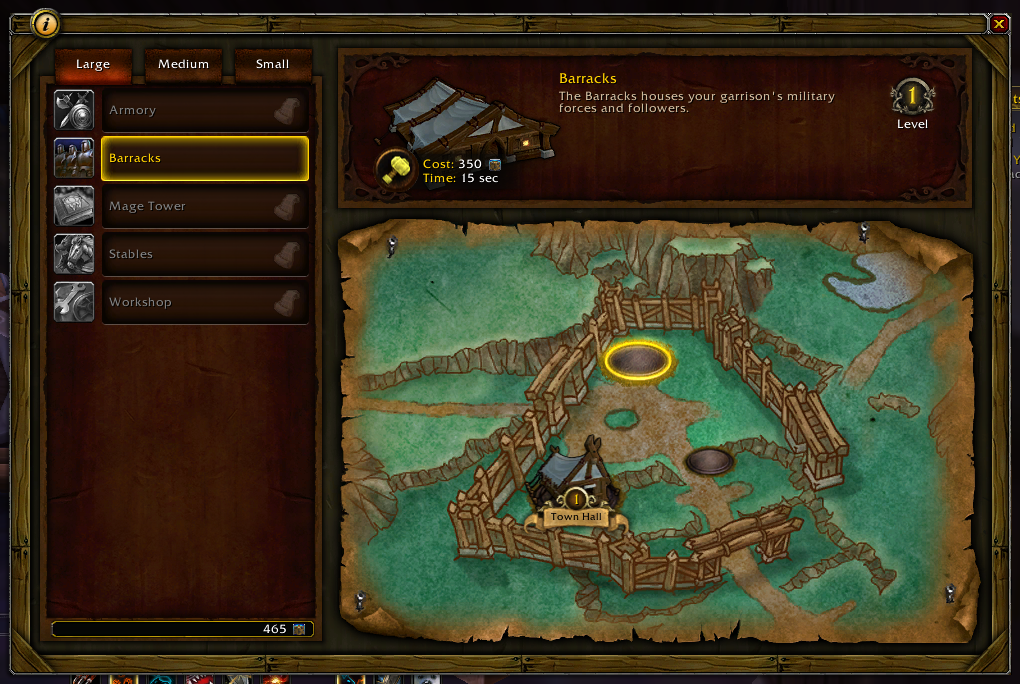
Warlords of Draenor, WoW Expansion, adds a fully featured village building component to the MMO.
World of Warcraft’s new expansion “Warlords of Draenor” shows that even village-building components make sense. For WoW, the first tier is engaging and grinding through raids and quests with friends. The second tier is managing your garrison, the auction house, and your followers.
This two-tier approachis the key for future AAA games to bridge the gap to F2P and games-as-a-service. When players are engaged in a properly managedeconomy, pacing can happen, and long term retention can occur in a strong console-like experience.
The Future isCross-Platform
I expect that in the coming years many more console and PCtitles that are aimed at the mainstream will move to games-as-a-service models and in its wake we will see designs shift to a more economy-focused design.
Players will have two-tiers of managing their game: Playerscan grind through open world environments to collect resources, guns, loot, or any other designed economies. Or playerscan engage in the second tier: sending their army, their followers, their pet robot, to collect and grind for them.This tier is managed through monitoring timers and making commitments to return.
This second tier can be managed on console/PC, but more likely these games will have companion games which allow their timer management to be done on their phone. In this way each platform delivers on its strengths: The Console/PC deliver amazing graphical experiences that last for hours, and Mobile delivers strong session design and long term commitment from players.
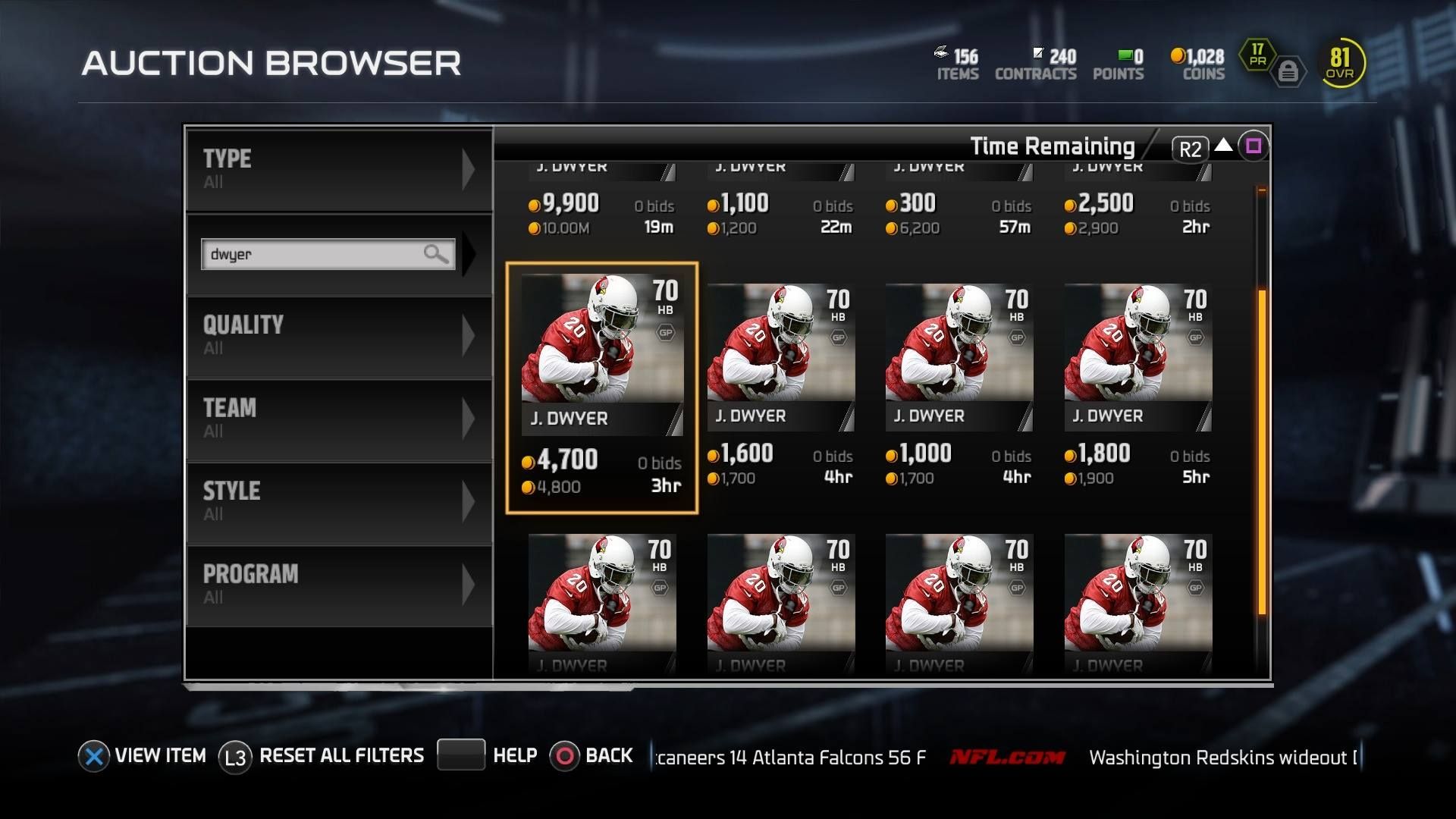
Expect that Console and PC games will slowly push players to engage in their economies outside the game. Using companion games on mobile, these games will keep players connected.
We can see this with games like FIFA 15 and Madden 15. Play thegame on your console, but while you’re away you can bid on new playersand trade players.The game never leaves you and this feels natural.
Each platform delivers on its strengths: console has great controls and gameplay that can’t be matched by phones or tablets. Mobileallows the playerto be always connected and engaging with the economy.
Expect this type of interaction will become the norm for future EA games and digital games overall.
Wrap Up
The traditional gaming space is clearly showing signs that its moving towards a digital future.
To make this transition, game designs will need to change. In order to move to this model, commercial games will have to adjust their progression systems to focus on economies and currencies to gate and pace players.
When economies are injected,a two-tier progression model can take place. Players can make choices between grinding outprogression themselves, or using automated or timer-based systems to grind out for them.
Cuando existe un sistema de dos niveles, puedes crear juegos que siempre estén conectados. Servicios multiplataforma que captan la atención de los jugadores, ya sea que estén jugando en el sofá o fuera de casa.
Así se mueve la industria. Un futuro digital centrado en los juegos como servicio, la retención a largo plazo y el juego siempre conectado.
¿Desaparecerán los juegos de pago por juego? Probablemente no. Pero no existirán en el mismo contexto dominante en el que existen ahora.
¿Esta transición a los juegos como servicio y la retención a largo plazo diluirán la experiencia de nuestros jugadores?
Eso realmente depende de diseñadores como tú. Nosotros, como diseñadores de juegos, debemos encontrar formas de hacer que las economías sean atractivas y complementen la experiencia en lugar de restarle valor. Aún está por verse cómo se puede hacer eso.
Leave a Reply